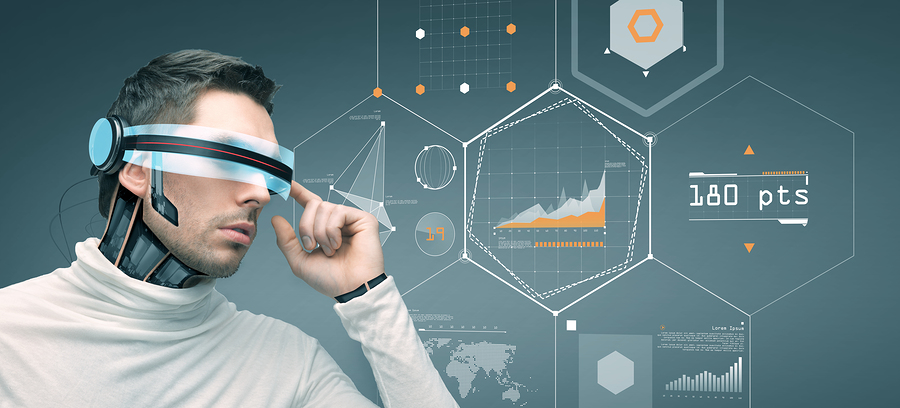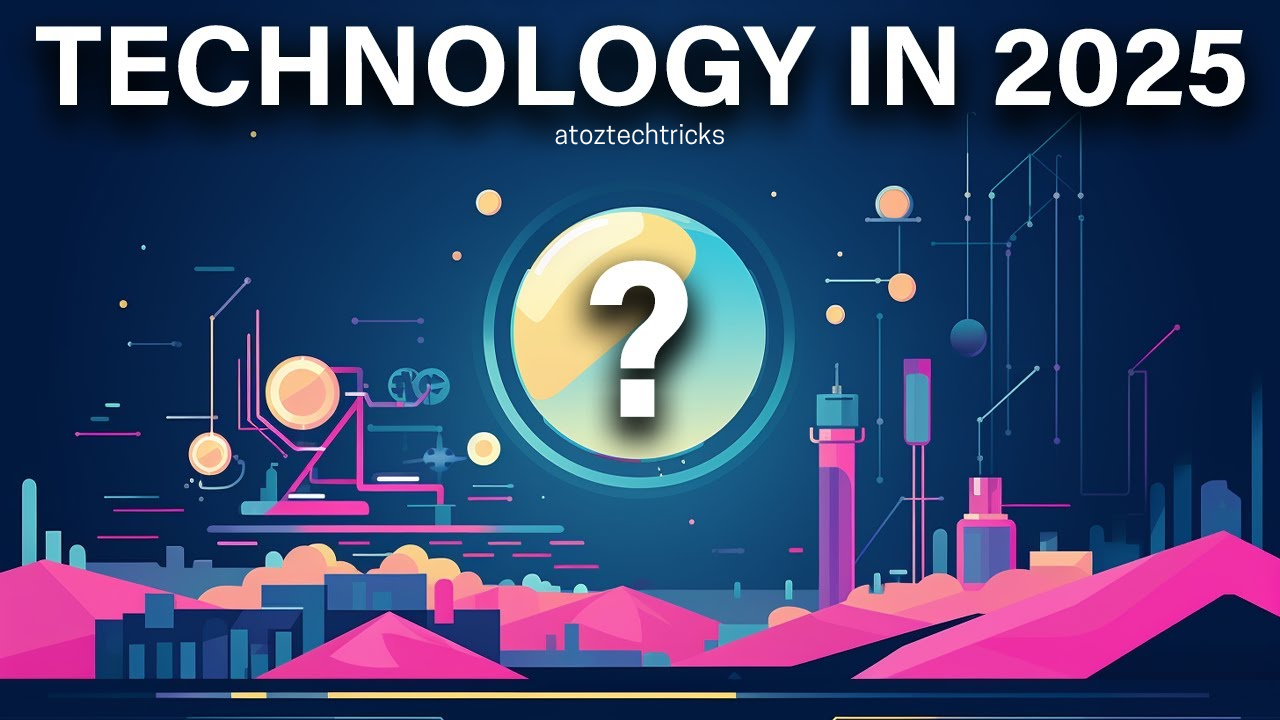Wearable technology has evolved from a niche curiosity to a mainstream phenomenon, dramatically impacting how we live, work, and interact with the world. From fitness trackers and smartwatches to augmented reality (AR) glasses and smart clothing, wearable tech is poised for a transformative future. In this comprehensive guide, we will explore the emerging trends in wearable technology, their implications for various sectors, and what we can expect in the coming years.
1. The Evolution of Wearable Tech
Early Innovations
Wearable technology’s journey began with simple devices like the pedometer and basic fitness trackers. These early wearables mainly focused on monitoring physical activity and health metrics, laying the groundwork for more sophisticated innovations. Over the past decade, advancements in sensors, connectivity, and computing power have significantly expanded wearable tech’s capabilities.
The Rise of Smartwatches
Smartwatches marked a significant leap forward, integrating fitness tracking with communication features. Apple’s introduction of the Apple Watch in 2015 set a new standard, incorporating GPS, heart rate monitoring, and even ECG functionality. The success of smartwatches spurred the development of other wearables, such as augmented reality glasses and smart clothing.
Protecting Your Gaming Gadgets: Tips for Maintaining and Cleaning Them
2. Key Trends Shaping the Future of Wearable Tech
2.1. Advanced Health Monitoring
Beyond Fitness Tracking
While fitness tracking remains a core function, the future of wearable tech will see even more advanced health monitoring capabilities. Wearables are expected to integrate more sophisticated sensors capable of tracking various health metrics, including blood glucose levels, blood pressure, and hydration levels.
Health Diagnostics
Wearables will increasingly play a role in early disease detection and management. For example, wearable ECG monitors can detect irregular heart rhythms, potentially identifying conditions like atrial fibrillation before symptoms arise. Similarly, continuous glucose monitors can provide real-time insights for diabetes management.
2.2. Enhanced Connectivity and Integration
5G and Beyond
The rollout of 5G technology will significantly enhance wearable devices’ performance, offering faster data transmission and improved connectivity. This will enable more seamless integration with other smart devices, allowing for real-time data sharing and analysis.
Ecosystem Integration
Wearable tech will increasingly become part of a broader ecosystem of connected devices. Future wearables will seamlessly integrate with smart home systems, healthcare platforms, and other digital tools, creating a unified experience for users.
2.3. Augmented Reality (AR) and Virtual Reality (VR)
AR Glasses
AR glasses are set to revolutionize the way we interact with the digital world. Companies like Microsoft and Google are investing heavily in AR technology, aiming to create devices that overlay digital information onto the physical world. These glasses could transform industries such as education, healthcare, and entertainment by providing immersive experiences and real-time data visualization.
VR and Mixed Reality
Virtual reality (VR) and mixed reality (MR) headsets are also advancing rapidly. These devices offer immersive experiences for gaming, training, and virtual meetings. As VR and MR technology become more refined, we can expect greater adoption in both consumer and professional settings.

2.4. Smart Clothing and Textiles
Functional Fashion
Smart clothing and textiles are gaining traction, with innovations such as temperature-regulating fabrics, built-in sensors, and even garments that can monitor health metrics. Companies are developing clothing that can adjust its properties based on environmental conditions or physiological changes, enhancing comfort and functionality.
Performance Enhancements
In the sports and fitness sector, smart clothing can provide real-time feedback on performance metrics like muscle activity, posture, and fatigue levels. This data can be invaluable for athletes looking to optimize their training and recovery processes.
2.5. Sustainability and Eco-Friendly Tech
Green Innovations
As environmental concerns grow, the wearable tech industry is increasingly focusing on sustainability. This includes using eco-friendly materials, designing energy-efficient devices, and implementing recycling programs. Future wearables will likely incorporate more sustainable practices, reducing their environmental impact.
Energy Harvesting
Innovations in energy harvesting technologies, such as solar-powered wearables or kinetic energy generators, could extend battery life and reduce the need for frequent recharging. These advancements will contribute to more sustainable and user-friendly wearable devices.
3. Implications for Various Sectors
3.1. Healthcare
Remote Monitoring and Telehealth
Wearable tech will continue to revolutionize healthcare by enabling remote monitoring and telehealth services. Patients can use wearables to track vital signs and other health metrics, which can be transmitted to healthcare providers for real-time analysis and intervention.
Personalized Medicine
Wearables will contribute to the growth of personalized medicine by providing detailed health data that can be used to tailor treatments and interventions. This approach promises more effective and individualized healthcare solutions.
3.2. Fitness and Sports
Enhanced Training and Recovery
Athletes and fitness enthusiasts will benefit from advanced wearables that provide detailed insights into their training and recovery processes. These devices will offer data-driven recommendations to enhance performance and prevent injuries.
Gamification and Motivation
Wearables will also play a role in gamifying fitness and wellness, providing users with challenges, rewards, and social features to keep them motivated and engaged in their health journeys.
3.3. Education and Training
Immersive Learning Experiences
AR glasses and VR headsets will transform education by offering immersive learning experiences. Students can explore virtual environments, conduct experiments, and engage with interactive content in ways that were previously impossible.
Skill Development and Simulation
In professional training, VR and AR can simulate real-world scenarios, allowing users to practice and develop skills in a controlled environment. This approach can be particularly valuable for fields such as medicine, engineering, and emergency response.
3.4. Entertainment and Media
Interactive Experiences
Wearable tech will enhance entertainment experiences by providing interactive elements and immersive content. From VR gaming to AR-enhanced live events, wearables will offer new ways to engage with media and entertainment.
Personalized Content
Wearables will also enable personalized content delivery, adapting experiences based on user preferences, behaviours, and biometric data. This will create more engaging and relevant media experiences for users.
4. Challenges and Considerations
4.1. Privacy and Security
Data Protection
As wearables collect vast amounts of personal data, ensuring privacy and security will be a major concern. Companies will need to implement robust data protection measures and comply with regulations to safeguard user information.
Cybersecurity Risks
Wearable devices can be vulnerable to cyberattacks, potentially exposing sensitive health and personal data. Manufacturers will need to prioritize cybersecurity to mitigate these risks and protect users.
4.2. Accessibility and Inclusivity
Affordability
The cost of advanced wearable tech can be a barrier to widespread adoption. Ensuring that wearables are affordable and accessible to a broad audience will be crucial for maximizing their benefits.
Design and Usability
Wearables must be designed with user comfort and inclusivity in mind. This includes considerations for different body types, disabilities, and personal preferences to ensure that devices are usable and beneficial for all.
4.3. Ethical and Social Implications
Data Ownership
As wearables collect personal data, questions about data ownership and control will arise. Users must have clear rights and choices regarding how their data is used and shared.
Social Impact
Wearable tech’s impact on social interactions and behaviours will need to be carefully considered. Ensuring that technology enhances rather than detracts from human connections will be important for maintaining a balanced and healthy society.
Gaming Gadgets for Competitive Gaming: Pro Controllers and Gaming Monitors
The future of wearable technology is bright, with exciting developments on the horizon. From advanced health monitoring and AR glasses to smart clothing and sustainable innovations, wearables are set to transform various aspects of our lives. As we look ahead, it will be essential to address the challenges and considerations associated with this technology to ensure that it benefits individuals and society as a whole.
By staying informed about these trends and advancements, we can better prepare for the changes and opportunities that wearable tech will bring. Whether you’re a tech enthusiast, a healthcare professional, or simply curious about the future, the evolution of wearable technology promises to be a thrilling journey.




